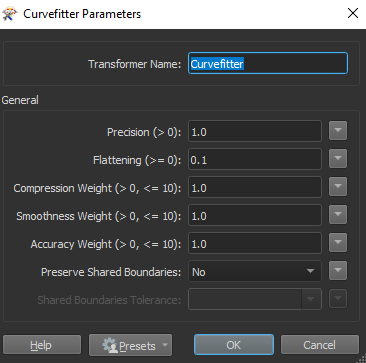I am converting a dgn file with lightweight polylines to an autocad file. The input dgn file has a size of 70 MB and when I am converting to a dwg the size becomes roughly 97 MB. The dng consists thus of lightweight polylines and during conversion to autocad there is automatically a z component in the autocad file. Based on the following page FME Creates Large AutoCAD DXF Files (safe.com) I included an autocad_original_entity_type attribute in the attributemanager with the following value autocad_lwpolyline . The size becomes then 95 MB. I would like to make the dwg much smaller, how can I make the file much smaller than 95 mb by changing somethign in the autocad writer or doing some kind of transformation.







 Myself, I managed with the Generalizer transformer when using the thin no point algorithm and with a tolerance of 0.001 to bring down the file size from 95 to 90. I have a feeling that it will be difficult to bring the file size more down without changing the geometry of the lines. 😅
Myself, I managed with the Generalizer transformer when using the thin no point algorithm and with a tolerance of 0.001 to bring down the file size from 95 to 90. I have a feeling that it will be difficult to bring the file size more down without changing the geometry of the lines. 😅